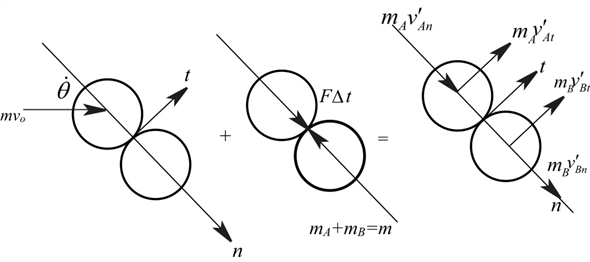

The study of nature by Greek philosophers (about 500 BC-200 AD) was followed by an era of little progress.

From that grew the magnetic compass, which helped sailors keep a straight course far from land and made possible voyages of discovery such as the ones by Columbus. Placed in a vessel floating in a bowl of water, a lodestone or a magnetized steel bar always lined up with its magnetic poles-the points where the magnetic pull was strongest-in the north-south direction. The ancient Chinese discovered lodestones independently, and in addition found that after a piece of steel was " touched to a lodestone" it became a magnet itself.Īround the year 1000 (or earlier, according to some sources) the Chinese discovered another strange (but very useful!) property of magnets. Some were discovered near the city of Magnesia (now in Turkey), and from there the words "magnetism" and "magnet" entered the language. They noted that on rare occasions " lodestones" were found in nature, chunks of iron-rich ore with the puzzling ability to attract iron. The ancient Greeks also knew about magnets. Before discussing this further, however, it may help to examine permanent magnets, which share many of the features of static electricity. Thales of Miletus, around 600 BC, probably knew that amber-fossilized pine-sap, a plastic-like non-conducting material-could attract light pieces of straw and feather when lightly rubbed with dry cloth or fur (most modern plastics also act that way-a plastic comb, for instance). Static electricity was already known to ancient Greek philosophers. When it is not flowing, we call it "static electricity" (static = not flowing). What kind of material flows in an electric current?

But long before people knew of electrons and protons, they wondered-what did such a fluid consist of? A flow through a pipe usually consists of water, compressed air, hydraulic fluid, blood or some other fluid. So far this study has examined the flow of the " electric fluid," stressing aspects relevant to everyday life. Skim the descriptive parts if you are in a hurry, savor them to understand "where all this came from.") (E14) Early History of Electricity and Magnetism


 0 kommentar(er)
0 kommentar(er)
